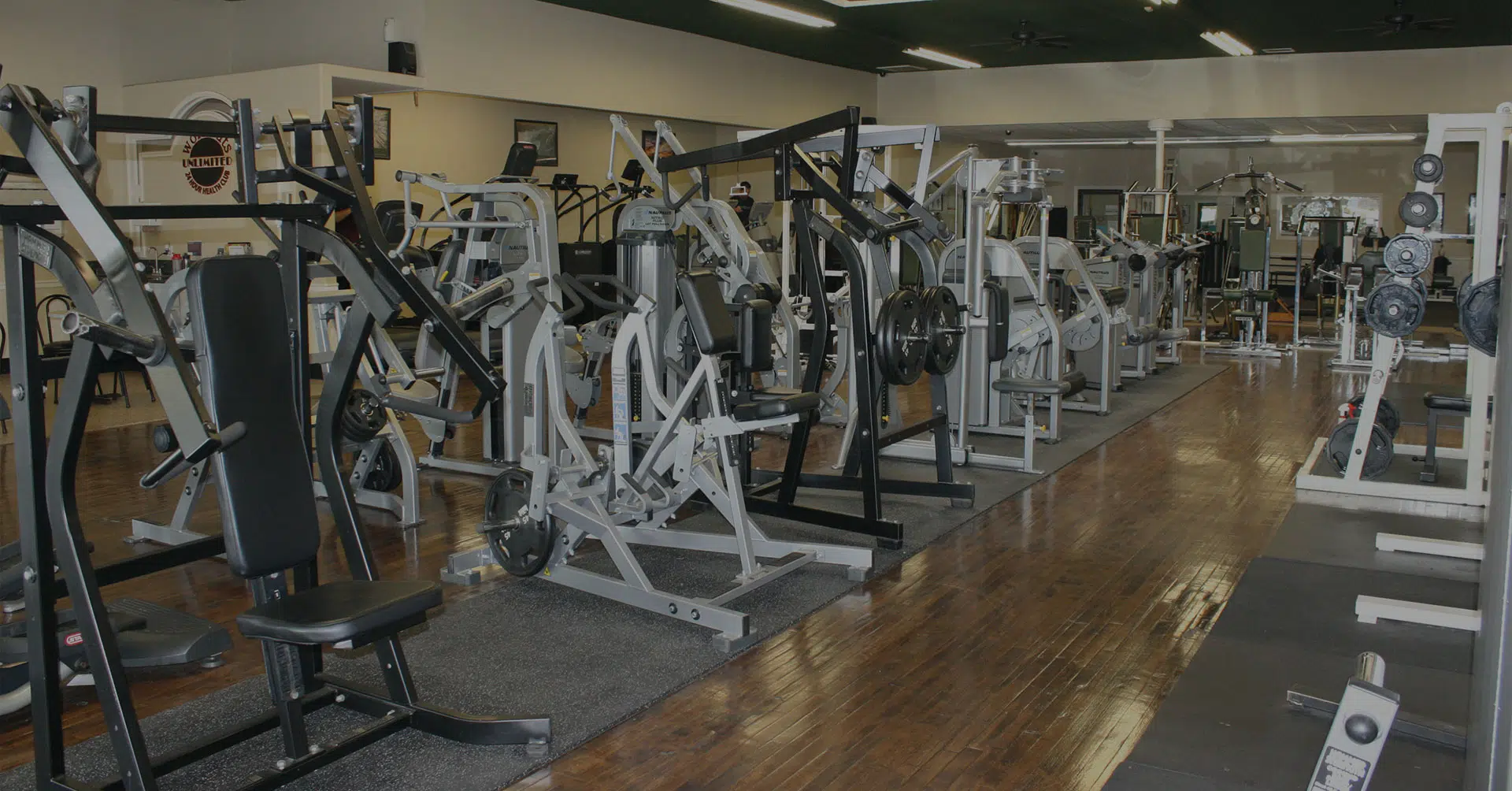[vc_row enable_grid_lines=””][vc_column][vc_column_text]You exercise at the gym to improve your health, but you need to be aware of the risks that lurk there. Learn how to prevent common accidents that can shut down your workouts. With these tips, you can keep your workouts safe.
1. Get a Yearly Health Check-Up
Medical conditions such as diabetes and heart disease can sneak up even on active people, so don’t skip your yearly check-up. Most gyms and exercise programs will request or require that you get a check-up to ensure you don’t have a health problem that could be made worse by certain types of exercise. But you’ll have to remember to make the appointment yearly.
Discuss your fitness plans with your doctor, especially if you have a preexisting condition or are on medications. Most often your doctor will applaud your decision to get more active. But you may be given some restrictions or cautions if you have certain health problems or risks.
2. Don’t Skip the Warmup and Cool-Down
Doing a warmup exercise can get the blood flowing to your muscles and prepare you for more exertion.1
As part of your cardio exercise session (treadmill, elliptical, or stationary cycle) start out at an easy pace and light exertion for three to five minutes before increasing your exertion to your target level. Take another couple of minutes to cool down at a lower exertion level after your main session.
For strength training and other exercise activities, warm up with three to five minutes of walking on a treadmill or walking in place will help get the blood flowing to your muscles so you will be able to perform better.
How to Warm up Before Exercise
3. Make Gradual Increases in Your Training
Your body will experience a great training effect if you gradually increase your time, intensity, or reps of an exercise. A great body isn’t built in a day, and doing too much too soon will increase your risk of injury.2
Use proper progression in your exercise training:
For strength training, start with lighter weights and increase the reps and sets before you increase the weights.
For cardio exercise, increase the time and work on your form before increasing your speed and exertion level.
4. Use Good Technique
How you do the exercise is critically important both for getting good results and preventing injury. If you are lifting weights in a way that strains your lower back, eventually you will feel the pain. If you use bad posture and overstride on the treadmill, you will get aches, pains, and overuse injuries. Working on core stability, positioning, and posture will help prevent injuries and sore muscles.3
5. Use a Personal Trainer for Gym Advice
While there are apps and written instructions you can use to try to get the right technique, nothing beats having an expert eye on your form. Use a personal trainer for a couple of sessions to ensure you are doing the moves correctly. It’s a good investment and a personal trainer can be the best safety accessory of all. A trainer will watch your form to ensure you are doing the exercise correctly and not straining your lower back or problem joints. A trainer will increase your exercise duration and intensity in a step-wise fashion that will give you the best training effect with the least risk of injury. A trainer will also act as a spotter during weight lifting.
6. Keep the Gym Clean and Neat
One of the biggest risks of a gym accident is tripping over something left lying around. Clear the area of objects you may stumble over during your moves. Clean the equipment after you use it to prevent sharing colds and flu. Most gyms have disinfectant available for wiping down equipment.
7. Gym Equipment and Machine Safety
Treadmills, exercise bikes, and weight machines all have moving parts with the risk of pinching and crushing your fingers and toes if you aren’t paying attention. This is why most gyms do not allow children (no matter how well-supervised) in the workout area. Make sure pins and collars are used properly on weight machines and barbells. Be aware of who is working out around you and what motions they are using so you can stay out of their way.
8. Spotters for Lifting Weights
Many gyms require that those lifting weights have a spotter readily available. This is especially common for those lifting barbells who may drop the weight on themselves when they try to lift one time too many.
9. Workout Partners in the Gym
It is not a good idea to workout alone in a gym. You should always have a friend or staff member available in case of an injury or health emergency. Working out with a partner can give you two sets of eyes on any problems that may develop. Encourage each other to drink, breathe fully and correctly, and clear the workout area of obstacles. Be each others’ safety buddy as well as a workout buddy.
[/vc_column_text][/vc_column][/vc_row][vc_row enable_grid_lines=””][vc_column][vc_empty_space][/vc_column][/vc_row][vc_row enable_grid_lines=””][vc_column][vc_column_text]
[/vc_column_text][/vc_column][/vc_row][vc_row enable_grid_lines=””][vc_column][vc_empty_space][/vc_column][/vc_row]

